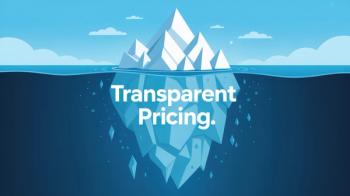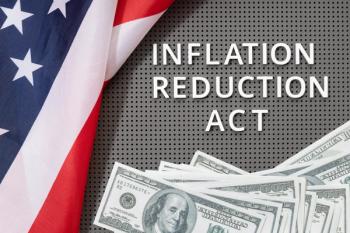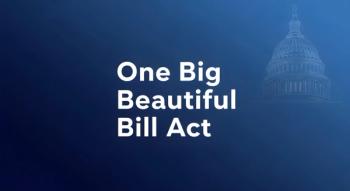
Analysis: Farxiga is a High-Value Medication for Patients with Heart Failure
The recent study also found that Jardiance for patients with heart failure with preserved ejection fraction could be cost-effective if discounted by 29%.
For patients with a specific type of heart failure — heart failure with preserved ejection fraction or HFpEF — the lifetime cost of dapagliflozin (Farxiga) is higher than that of empagliflozin (Jardiance), according to an analysis published in the
Interestingly, empagliflozin, which was developed by Boehringer Ingelheim and Lilly, would be equally cost-effective if its current yearly cost would be discounted by 29%, according to the analysis.
These two drugs are classified as sodium-glucose cotransporter 2 (SGLT2) inhibitors. SGLT2 inhibitors aka “flozins,” were initially developed to lower blood sugar levels in people with type 2 diabetes. In recent pivotal studies EMPEROR-Preserved and DELIVER, these drugs have been shown to reduce the risk of cardiovascular death and hospitalization and improve health status in patients with a certain type of heart failure.
Heart failure is a chronic condition characterized by a decline in the heart’s pumping ability with symptoms like shortness of breath, fatigue, and fluid retention. About
The latest
In the new study, a group of researchers including senior author Ismaeel Yunusa, Pharm.D., Ph.D., assistant professor of Clinical Pharmacy and Outcomes Sciences at the University of South Carolina, used a computer model to assess the long-term health outcomes of patients with this type of heart failure in the United States. They aimed to determine the value of dapagliflozin compared with empagliflozin.
Their results found dapagliflozin to be a more cost-effective choice considering the lifetime health benefits, with dapagliflozin having an incremental expected lifetime cost of $29,896 versus empagliflozin, resulting in an incremental cost-effectiveness ratio of $36,902/QALY.
This study suggests that dapagliflozin offers greater economic value than empagliflozin at commonly used cost-effectiveness thresholds in the United States. The authors concluded that empagliflozin could still be deemed cost-effective if its current price is discounted.
“Interestingly, the model suggests that dapagliflozin would be the preferred cost-effective option at willingness-to-pay thresholds of $50,000/QALY around 72% of the time, shedding light on its potential economic value in certain clinical scenarios,” Yunusa told Formulary Watch.
He continued, “The study discerns that dapagliflozin may offer a more cost-effective solution compared to empagliflozin, potentially enhancing long-term outcomes in patients with HFpEF, which can significantly inform and aid managed care decision-makers in the judicious allocation of healthcare resources and selection of optimal therapeutic alternatives.”
Newsletter
Get the latest industry news, event updates, and more from Managed healthcare Executive.





















































